Guide to Leather Laser Engraving Machines [Must-Read]
Laser engraving on leather is no longer limited to industrial workshops — today, anyone can create custom wallets, belts, and art pieces with professional precision.
But with so many laser types, power levels, and machine options available, it’s easy to feel lost.
This must-read guide breaks down everything you need to know about leather laser engraving machines — from how they work to which models deliver the best balance of power, detail, and safety.
Whether you’re a hobbyist or a small business owner, this article will help you choose the perfect laser engraver for your creative goals.
What is a Leather Laser Engraver
So, what exactly are we talking about when we say "leather laser engraving machine"?
Let's break it down.
1. Definition & Basic Function
At its core, a laser engraving machine uses a focused beam of light to etch designs onto materials.
For leather, this beam precisely burns away the top layer, creating stunning, permanent marks.
It's not just about engraving; these machines can also cut leather with incredible accuracy, or simply mark it with a lighter touch for surface effects.
Think of it as a high-tech pen or knife, controlled by your computer designs.
2. Why Leather is Great for Lasers
Leather is an absolute dream material for laser engraving and cutting, and here’s why.
Its natural fibers react beautifully to the laser, producing rich, contrasting marks.

You get unmatched versatility, allowing for intricate customization and exceptional precision that no other method can quite match.
From personalized wallets and belts to detailed patches and unique art pieces, leather projects take on a whole new dimension with laser technology.
Can All Leather Be Laser Engraved? Here’s the Answer
Laser engraving on leather opens up endless possibilities — from crafting personalized wallets and belts to branding handmade goods with professional logos.
But not all leather is created equal.
Some types engrave beautifully with rich contrast and crisp detail, while others can melt, burn unevenly, or even release toxic fumes that damage your machine.
Understanding which leathers are safe and which are not isn’t just about quality — it’s about safety, precision, and protecting your investment.
1. Natural Leathers — Best for Engraving
|
Leather Type |
Description |
Laser Performance |
Notes |
|
Full-Grain Leather |
Top layer of hide with natural grain and imperfections |
Excellent contrast and depth |
Ideal for high-end engraving (wallets, belts, keychains). Produces a dark, crisp mark. |
|
Top-Grain Leather |
Slightly sanded surface, smoother than full-grain |
Good contrast, clean edges |
Slightly lighter engraving tone than full-grain. |
|
Vegetable-Tanned Leather |
Tanned with plant-based tannins (oak, chestnut, etc.) |
Best for engraving & cutting |
Engraves beautifully, gives natural dark brown marks, safe to laser. |
|
Chrome-Free Leather |
Tanned without chromium salts |
Safe, consistent results |
Environmentally friendly and stable under heat. |
2. Synthetic or Treated Leathers — Use Caution
|
Leather Type |
Description |
Laser Behavior |
Risk |
|
PU (Polyurethane) Leather |
Plastic-coated leather substitute |
Can melt, discolor, or emit fumes |
Possible toxic smoke; use good ventilation and low power settings. |
|
Bonded Leather |
Shredded leather fibers mixed with adhesives |
Uneven engraving, burns easily |
Contains glue and fillers that produce strong odor. |
|
Painted / Dyed Leather |
Surface coated for color or gloss |
May burn or discolor unevenly |
Always test on a corner before full engraving. |
3. Leathers to Avoid
|
Leather Type |
Reason to Avoid |
Hazard |
|
Chrome-Tanned Leather |
Contains chromium salts that release toxic hexavalent chromium fumes (Cr⁶⁺) |
Dangerous fumes, can corrode your laser optics |
|
PVC “Leather” (Vinyl) |
Made from polyvinyl chloride |
Produces chlorine gas when burned |
|
Thick Oiled Leathers |
Absorbs heat unevenly |
May scorch or catch fire |
3 Common Types of Engravers for Leather in 2025
Choosing the right laser type is crucial for working with leather. Here's a quick look at the main players.
1. CO2 Laser Engravers
Pros:
- These are often considered the gold standard for organic materials like leather.
- They offer high power, incredible speed, and superior cutting capabilities.
- You'll find they handle various leather types and thicknesses with ease.
Cons:
- CO2 lasers typically come with a higher price tag, they're larger, and they require more maintenance.
Why they're best:
- If you're serious about leather crafting, especially for cutting or high-volume engraving, a CO2 laser is usually your best bet.
2. Diode Laser Engravers
Pros:
- Diode lasers are much more affordable, compact, and user-friendly, making them perfect for hobbyists or those just starting out.
- They engrave beautifully on many leather types.
Cons:
- They generally have less power and are slower than CO2 lasers, which limits their cutting ability on thicker leather.
- Compatibility might also be more specific with certain treated leathers.
When they're a good choice:
- For detailed engraving projects, smaller items, or if you're on a budget, a diode laser is an excellent entry point.
3. Fiber Lasers (Brief Mention)
Fiber lasers are powerful, but they generally aren't ideal for organic materials like leather.
They excel at marking metals and plastics, so for leather work, you'll want to focus on CO2 or diode options.
5 Key Features for Buying a Leather Laser Engraving Machine
When you're ready to invest, certain features make all the difference for leather work.
1. Laser Power & Its Impact on Leather
Wattage directly influences engraving depth, speed, and cutting power.
For hobbyists, a 10-20W diode or a 40-60W CO2 machine is a great starting point.
Professionals will benefit from 80W+ CO2 systems for faster, deeper cuts and high-volume production.
Always match power to your primary use case.
2. Engraving Area / Bed Size
Consider the size of your typical projects.
A larger bed gives you more flexibility for bigger items or batch processing.
Decide if an open-frame diode works for you, or if an enclosed CO2 machine with a fixed bed is more suitable for your workspace and project needs.
3. Software Compatibility & Ease of Use
You'll need user-friendly software for designing and controlling your machine.
Look for compatibility with common design programs like Adobe Illustrator or CorelDRAW, and control software like LightBurn, RDWorks, or LaserGRBL.
An intuitive interface makes a huge difference in your learning curve and workflow.
4. Air Assist & Exhaust Systems (Crucial!)
For leather, air assist is vital.
It directs a stream of air at the engraving point, preventing flare-ups, reducing charring, and ensuring cleaner cuts.
Equally important is a robust exhaust system to remove hazardous fumes and smoke.
Don't skimp here—it's essential for safety and quality.
5. Price & Budget Considerations
Laser engravers range from a few hundred dollars for entry-level diodes to tens of thousands for industrial CO2 machines.
Factor in not just the machine cost, but also accessories, software licenses, maintenance supplies, and the raw materials themselves.
Top Picks: Best Leather Engraving Machines
Alright, let's talk about some solid recommendations that excel with leather.
1. Best Overall/Professional-Grade
For professionals or serious businesses, a high-power CO2 laser like the OMTech 80W CO2 Laser Engraver (or similar industrial models from brands like Epilog or Trotec) offers unparalleled speed, precision, and cutting power.
It handles large projects and heavy workloads with ease, making it a true workhorse for diverse leather applications.
2. Best for Serious Hobbyists/Small Businesses
The Glowforge Plus or a mid-range CO2 machine like the xTool P2 55W CO2 Laser are fantastic options.
They offer a great balance of power, user-friendliness, and features perfect for intricate leather designs and small batch production.
They're powerful enough to cut thicker leather and engrave with stunning detail, without the professional-level price tag.
3. Best Budget-Friendly/Entry-Level
If you're just dipping your toes in, the Creality Falcon A1 Pro (or similar high-power diode models from Ortur or Sculpfun) is an excellent choice.

These machines are affordable, compact, and remarkably capable for detailed engraving on various leathers.
While cutting might be slower, the engraving results are impressive for the price.
4. Alternative Mentions
Consider brands like Ortur, Sculpfun, and Atomstack for reliable diode options, and Thunder Laser for more professional CO2 solutions.
Each offers unique features and price points, so explore what best fits your specific needs.
Safety & Maintenance for Your Engraver
Safety is non-negotiable, and maintenance keeps your machine running smoothly.
Ventilation is paramount! Leather fumes can be noxious and harmful.
Always operate your machine in a well-ventilated area with a robust exhaust system.
Wear appropriate laser safety glasses (matched to your laser's wavelength) to protect your eyes.
Always have a fire extinguisher within reach – leather can easily catch fire.
Never, ever leave your machine unattended during operation.
Frequently Asked Questions (FAQ)
Let's answer some common questions you might have.
1. Can I cut leather with a laser engraving machine
Yes! CO2 lasers excel at cutting leather, and even higher-power diode lasers can cut thinner leather, though often slower.
2. What's the best type of leather for laser engraving
Vegetable-tanned leather is hands-down the best for crisp, dark, and consistent laser engraving results.
3. Is laser engraving leather safe
With proper ventilation, eye protection, and fire safety measures, it can be done safely. Fumes from leather must be exhausted effectively.
4. How much does a good leather laser engraving machine cost
Entry-level diode lasers start around $300-$500, while quality hobbyist CO2 machines range from $3,000-$8,000, and professional systems can be $10,000+.
5. What software do I need to engrave leather
You'll typically use graphic design software (like Adobe Illustrator, CorelDRAW, or Inkscape) to create your designs, then send them to control software (like LightBurn, RDWorks, or LaserGRBL) to operate the laser.
Conclusion: Start Your Journey
You've now got the lowdown on leather laser engraving machines!
From understanding the different types and crucial features to learning the basics of operation and essential safety, you're well-equipped to make an informed decision and start creating.
The world of personalized leather goods awaits your unique touch.
So, choose wisely, practice safely, and most importantly, have fun unleashing your creativity!









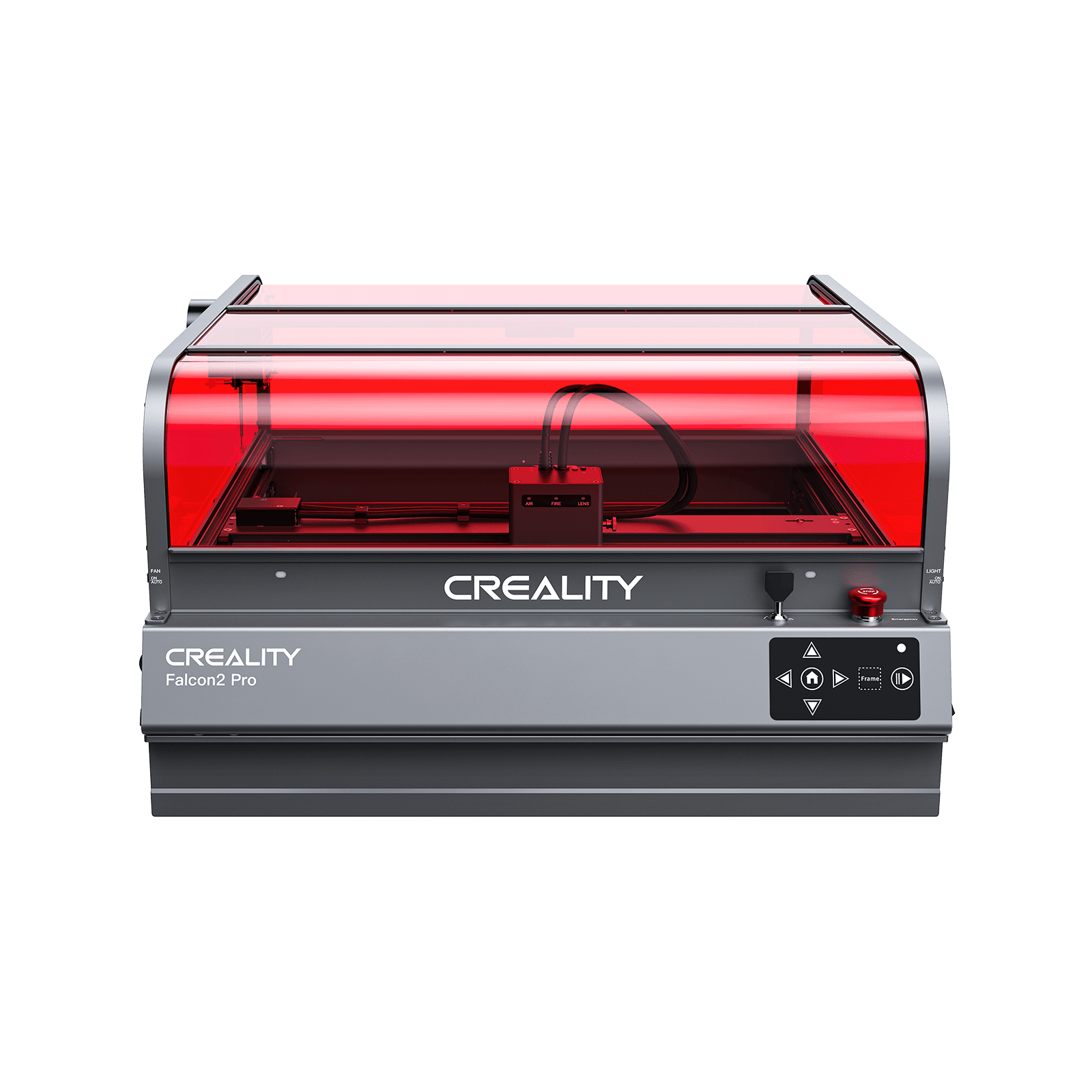






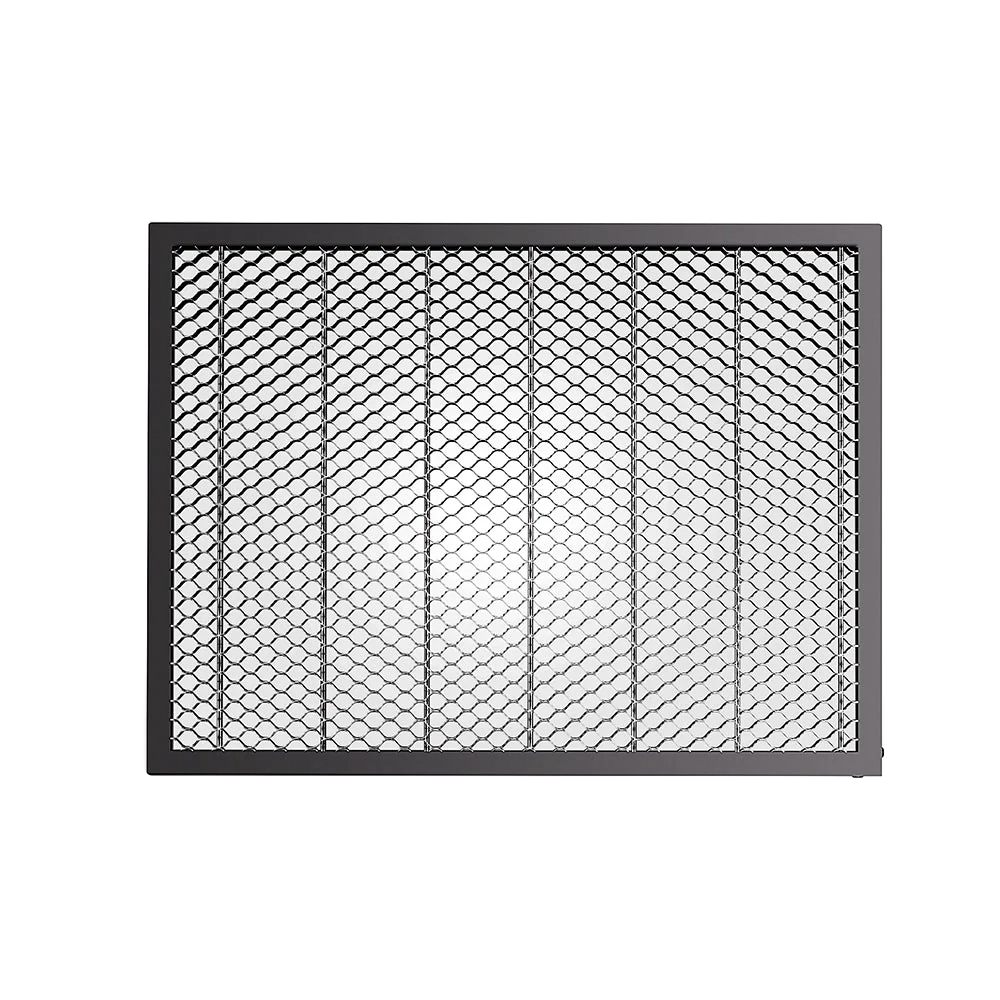







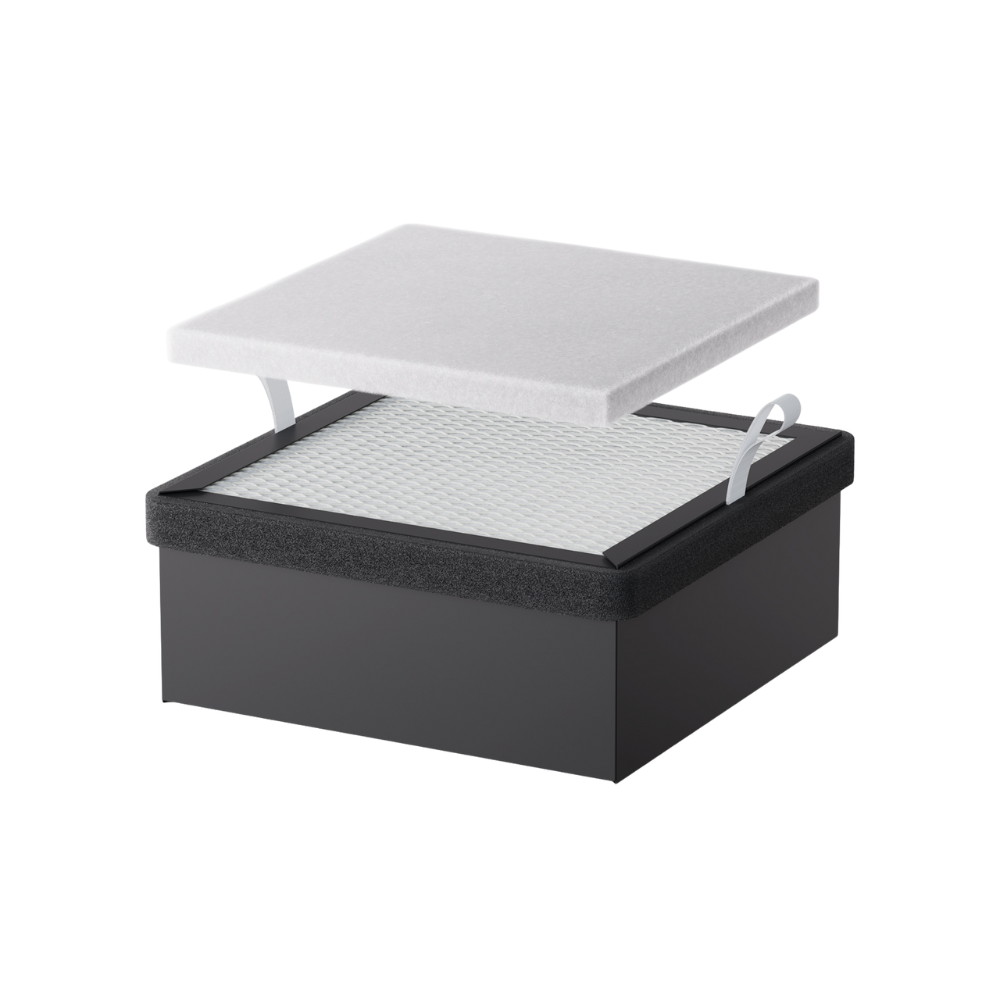







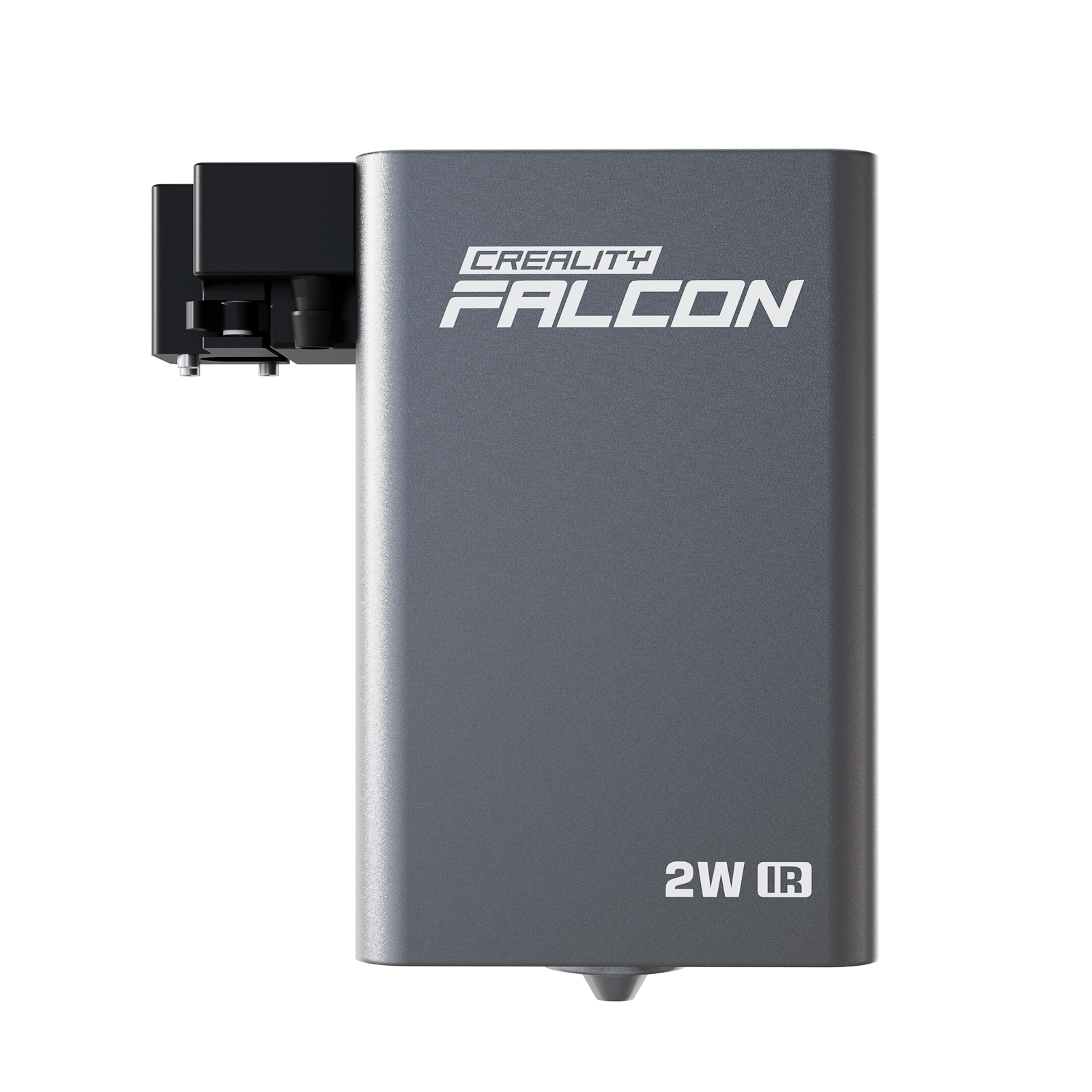













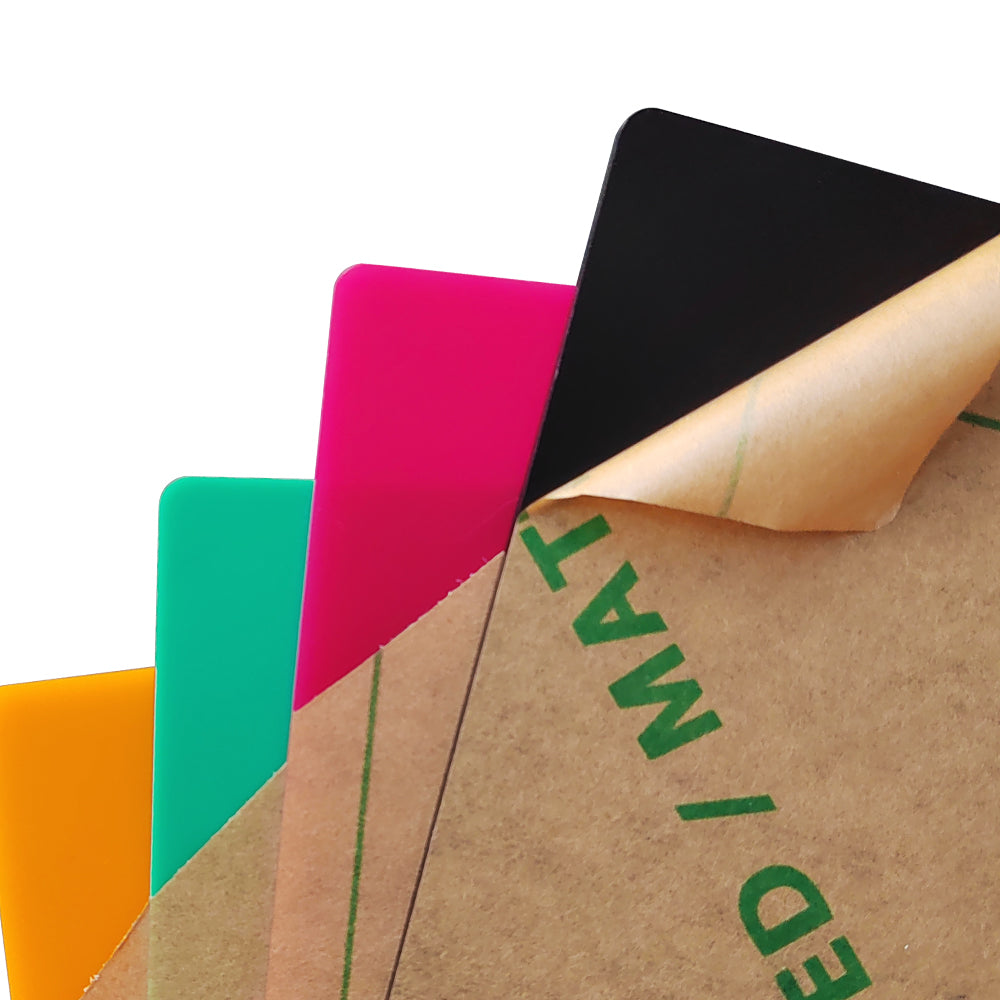




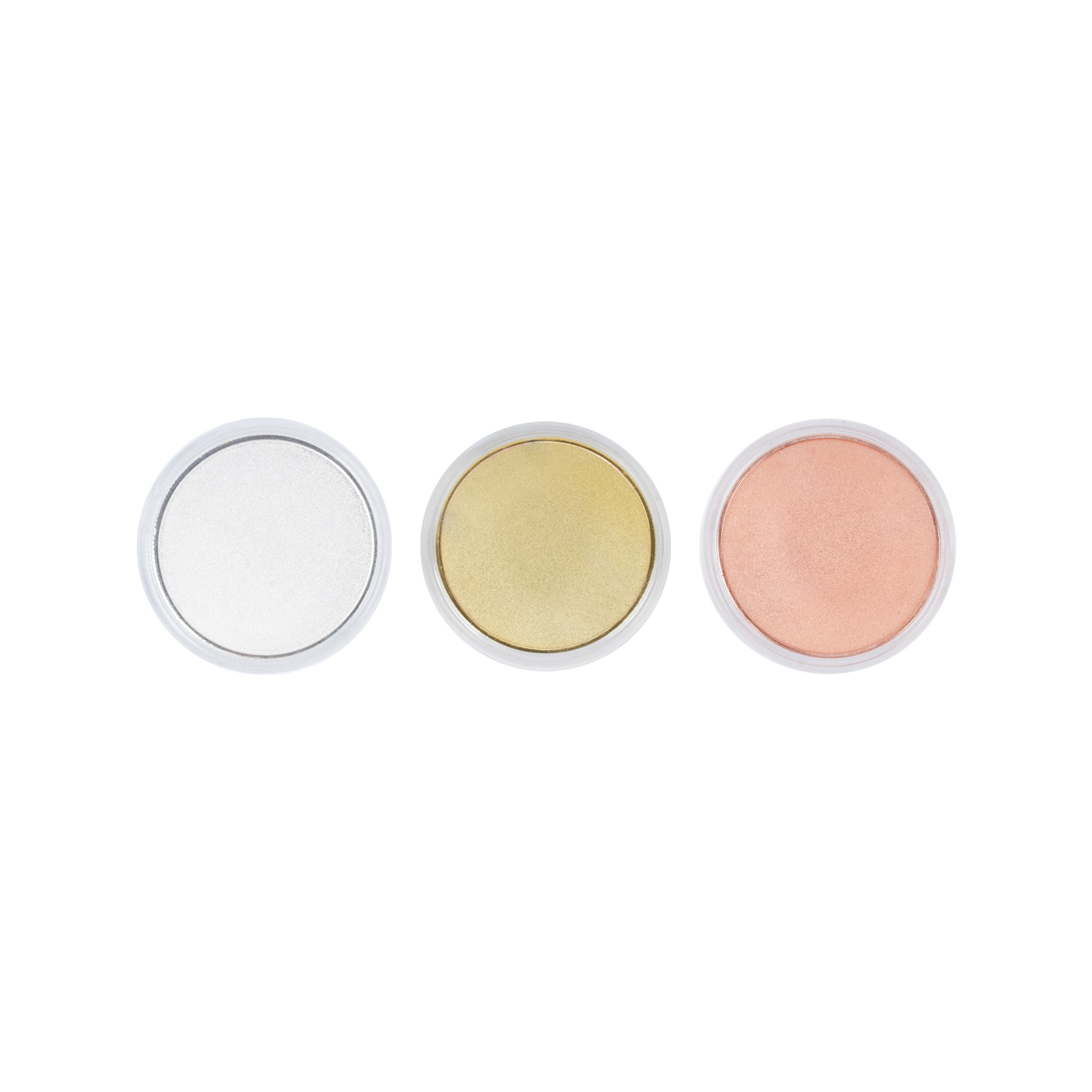
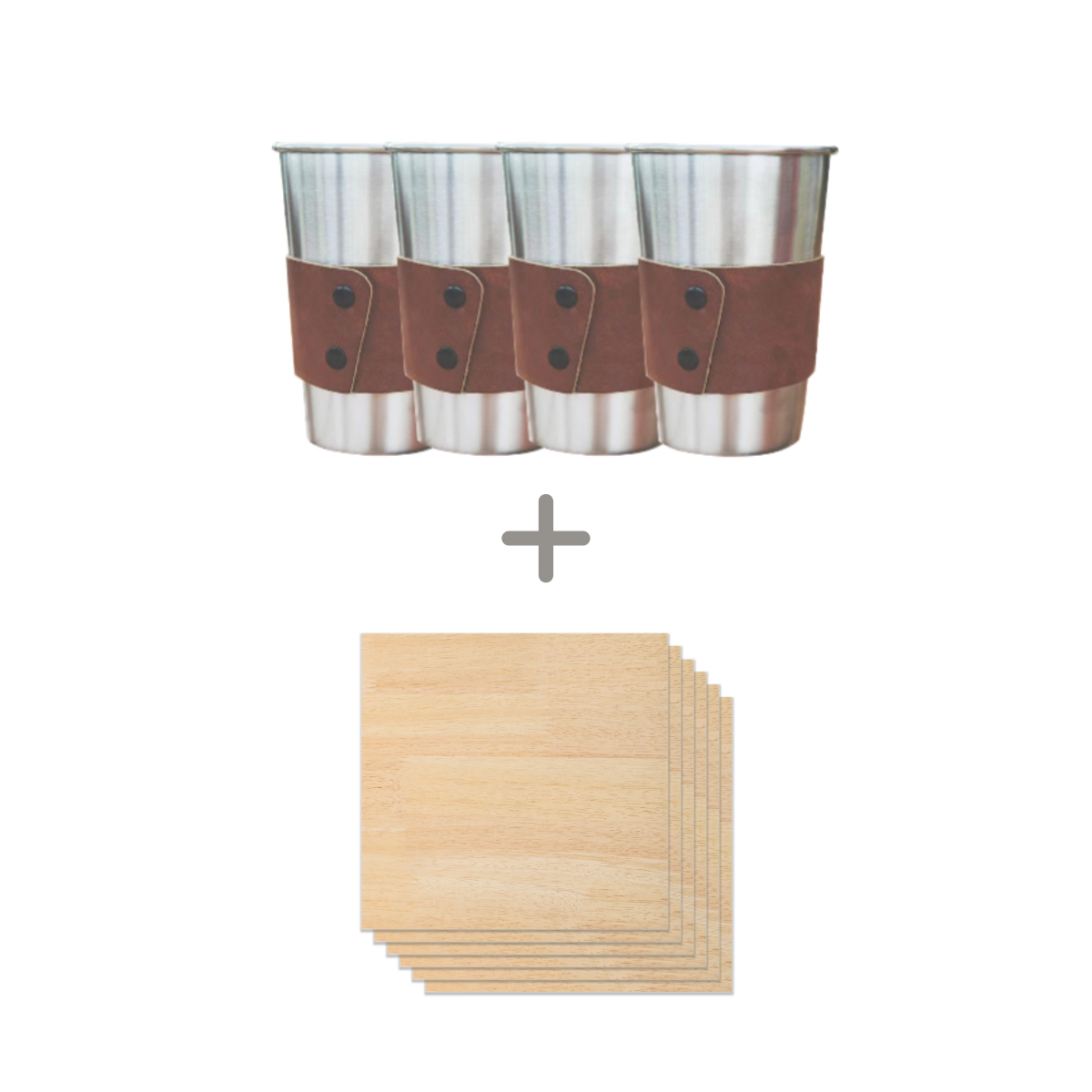

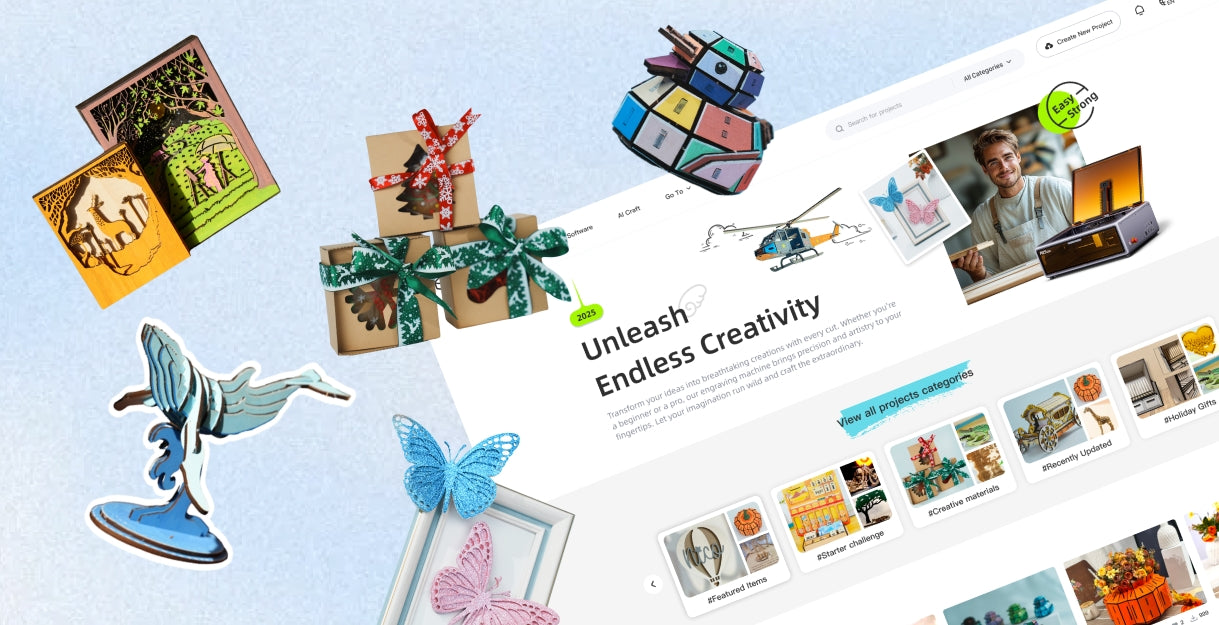

![Guide to Leather Laser Engraving Machines [Must-Read]](http://www.crealityfalcon.com/cdn/shop/articles/featured-image-of-leather-laser-engraving-machine_d1fc1de0-9527-4934-a316-db0c009a16b6_1100x.webp?v=1763014763)

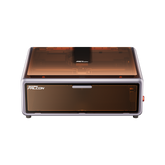

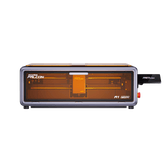
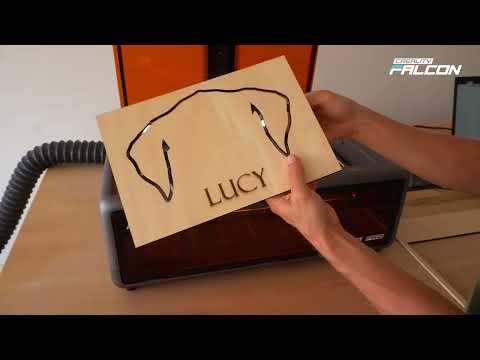
Leave a comment
Please note, comments need to be approved before they are published.